Botox is a brand name for onabotulinumtoxinA, a purified protein produced by the bacterium Clostridium botulinum. It is a neurotoxin that works by temporarily paralyzing muscles. In small doses, it can be used for a variety of cosmetic and medical purposes.
How it works?
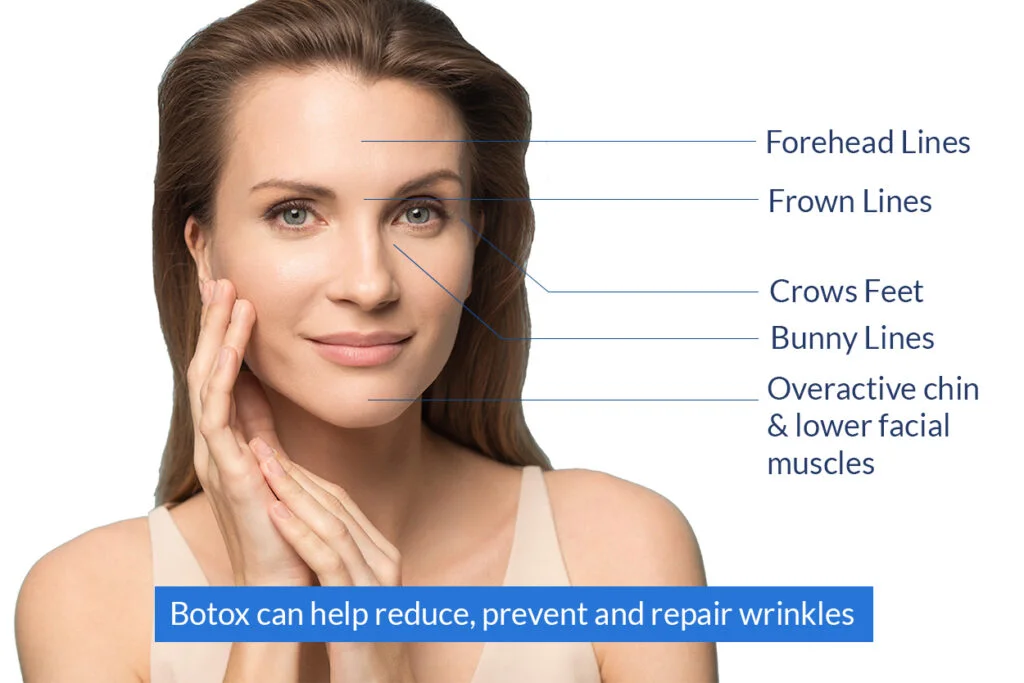
It works by temporarily paralyzing muscles through a precise interruption of nerve signals. Here’s the breakdown:
1. Muscle Contraction: Normally, when you make a facial expression, your brain sends signals to nerves that connect to specific muscles. These nerves release a chemical messenger called acetylcholine, which binds to receptors on the muscle cells, triggering them to contract and create the desired expression.
2. Botox Injection: During a treatment, dermatologist injects small amounts of purified botulinum toxin (the active ingredient in Botox) into precisely targeted muscles.
3. Nerve Signal Block: The botulinum toxin in Botox binds to the same receptors on the muscle cells as acetylcholine would. However, instead of triggering contraction, it prevents acetylcholine from binding, essentially blocking the nerve signal.
4. Muscle Relaxation: Without the signal from acetylcholine, the muscle cells cannot contract, leading to temporary relaxation. This relaxation smooths out the overlying skin, reducing the appearance of wrinkles and fine lines.
5. Treatment Duration: The effects of Botox typically last for 3-4 months, as the body gradually breaks down the botulinum toxin. Once the toxin is gone the nerve signals and muscle contractions return to normal.
Uses of Botox:
- Reducing the appearance of wrinkles: Botox is most commonly known for its use in cosmetic procedures to reduce the appearance of wrinkles and fine lines on the face. It is injected into specific muscles, causing them to relax and smooth out the overlying skin. The effects typically last for 3-4 months.
- Treating medical conditions: Botox can also be used to treat a variety of medical conditions, such as:
- Muscle spasms: Botox can be used to treat muscle spasms, such as those caused by cervical dystonia (a condition that causes involuntary neck movements) and strabismus (crossed eyes).
- Excessive sweating: Botox can be injected into the armpits to treat severe underarm sweating (hyperhidrosis).
- Migraines: Botox can be used to prevent migraines in some people.
- Chronic pain: Botox can be used to treat chronic pain conditions, such as chronic back pain and tension headaches.
- Other uses: Botox is also being studied for a variety of other potential uses, such as treating urinary incontinence, overactive bladder, and even depression.
Side Effects of Botox:
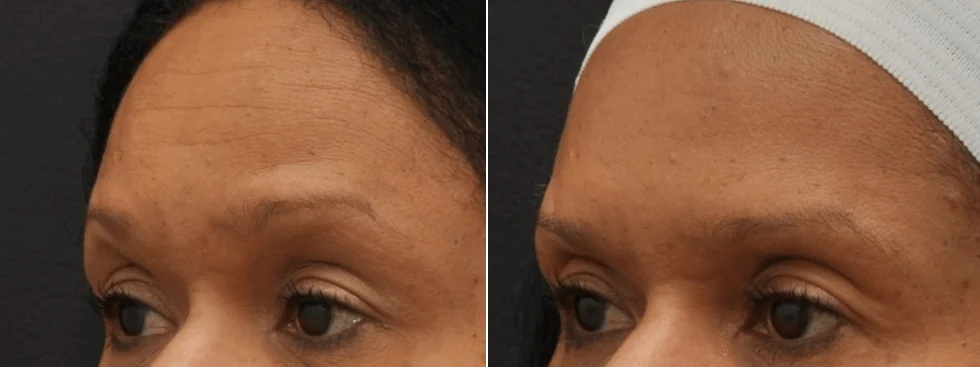
Botox is generally considered a safe and effective treatment, but like any medication, it can come with some side effects. These can range from mild and temporary to more serious and potentially long-lasting. It’s important to be aware of both before considering Botox treatment.
Here are some of the most common side effects of Botox:
- Injection site reactions: These include pain, redness, swelling, bruising, and infection at the injection site. These usually resolve within a few days and can be minimized with cold compresses.
- Headache: This is a fairly common side effect, especially after the first treatment. It usually goes away within a few days but can be managed with over-the-counter pain medication.
- Flu-like symptoms: Some people may experience mild flu-like symptoms after Botox injections, such as fatigue, body aches, and fever. These typically resolve within a day or two.
- Muscle weakness or drooping: This is a more serious side effect that can occur if the Botox spreads to nearby muscles. It can cause drooping eyelids, eyebrows, or lips, or difficulty smiling. These effects usually resolve within a few weeks, but in rare cases, they may last longer.
- Blurred vision: This can occur if Botox spreads to muscles around the eyes, causing drooping eyelids. It usually resolves within a few weeks, but if it persists, consult your doctor.
- Difficulty swallowing or breathing: These are very rare but serious side effects that can occur if Botox spreads to muscles involved in swallowing or breathing. If you experience any difficulty swallowing or breathing after Botox injections, seek immediate medical attention.
Other potential side effects, though less common, include:
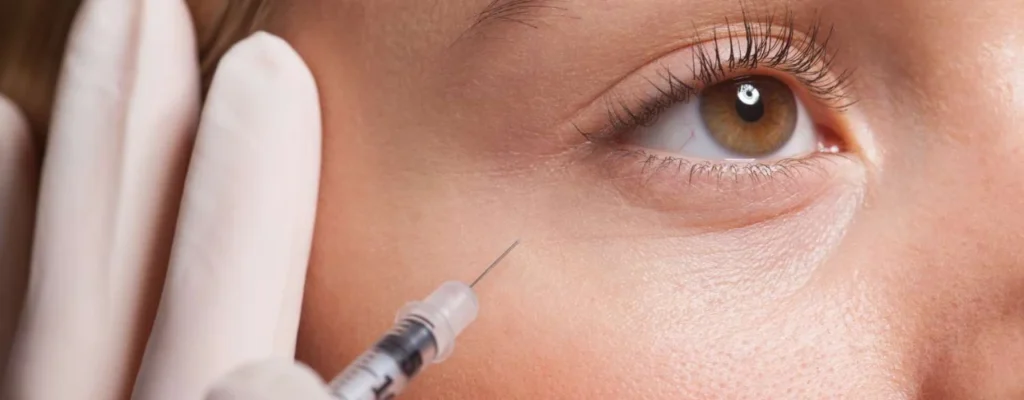
- Dry eyes
- Nausea and vomiting
- Allergic reactions
- Difficulty speaking
- Urinary retention
It’s important to note that not everyone experiences side effects from Botox, and even when they do occur, they are usually mild and temporary. However, it’s always best to be aware of the potential risks and talk to your doctor about your individual medical history and concerns before having any Botox injections.
Some additional tips for minimizing your risk of side effects:
- Choose a qualified and experienced healthcare professional to administer your Botox injections.
- Inform your doctor about any medical conditions you have, allergies, and medications you are taking.
- Follow your doctor’s instructions carefully after your treatment.
Important things to remember:
- It is not a permanent solution. After 3-4 months, the Botox wears off, prompting a repeat injection to maintain its wrinkle-smoothing effect.
- It is not for everyone. Botox is not appropriate for everyone, and it is important to talk to a doctor to see if it is right for you.
- It can be expensive. Botox is a relatively expensive treatment, and the cost of treatment will vary depending on the area being treated and the number of injections required.
Additional resources:
- American Academy of Dermatology: https://www.aad.org/public/cosmetic/wrinkles/botulinum-toxin-faqs provides comprehensive information on Botox Cosmetic, including its uses, side effects, and safety considerations.
- Mayo Clinic: https://www.mayoclinic.org/tests-procedures/botox/doctors-departments/pdc-20384659 offers a detailed overview of Botox, covering its mechanism of action, various applications, and potential risks.
Botox for Wrinkle Reduction: A Look at the Procedure
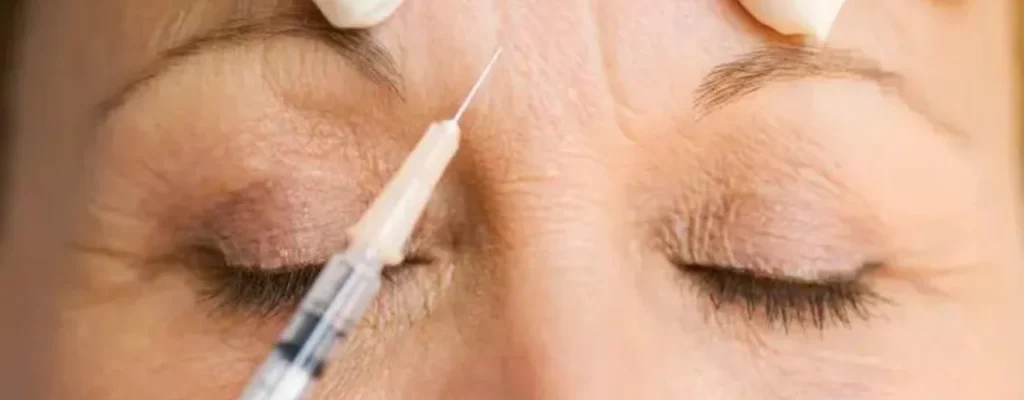
Botox works its magic by temporarily diminishing the appearance of wrinkles, especially those stubborn lines on the forehead, between the brows, and around the eyes. It works by temporarily relaxing the underlying muscles that contribute to wrinkle formation.
How it works:
- It’s made from a highly purified protein produced by a natural bacteria called Clostridium botulinum
- The main ingredient is a refined toxin that comes from the Clostridium botulinum bacteria.
- When injected into specific facial muscles, Botox blocks the release of a chemical called acetylcholine, which normally signals the muscles to contract.
- With acetylcholine blocked, the muscles relax, smoothing out the overlying skin and reducing the appearance of wrinkles.
What to expect:
- The procedure itself is relatively quick and involves tiny injections into targeted areas.
- Discomfort is minimal, and topical numbing cream can be used if desired.
- Results typically become noticeable within a few days and last for about 3-4 months.
Benefits:
- It can effectively reduce the appearance of moderate to severe wrinkles.
- It’s a minimally invasive procedure with minimal downtime.
- Results are generally natural-looking and don’t affect facial expressions.
Things to consider:

- It is not a permanent solution, and repeat injections are needed to maintain results.
- It’s important to consult a qualified dermatologist who is experienced in administering Botox injections.
- Some potential side effects include temporary bruising, swelling, and headaches.
Alternatives to Botox:
- Several other cosmetic treatments can address wrinkles, such as fillers, lasers, and chemical peels.
- Non-invasive options like topical retinoids and facial exercises can also be effective for some individuals.
Remember, consulting a dermatologist is crucial before undergoing any cosmetic procedure. They can discuss your individual needs and goals, advise on the best treatment options, and address any concerns you may have.
Additional Resources:
- American Academy of Dermatology: https://www.aad.org/
- Mayo Clinic: https://www.mayoclinic.org/tests-procedures/botox/doctors-departments/pdc-20384659
- American Society of Plastic Surgeons: https://www.plasticsurgery.org/
- National Institute on Aging: https://www.nia.nih.gov/
Botox for Hyperhidrosis:
Botox injections can be a helpful treatment option for hyperhidrosis, a condition characterized by excessive sweating. Here’s an explanation of how it works:
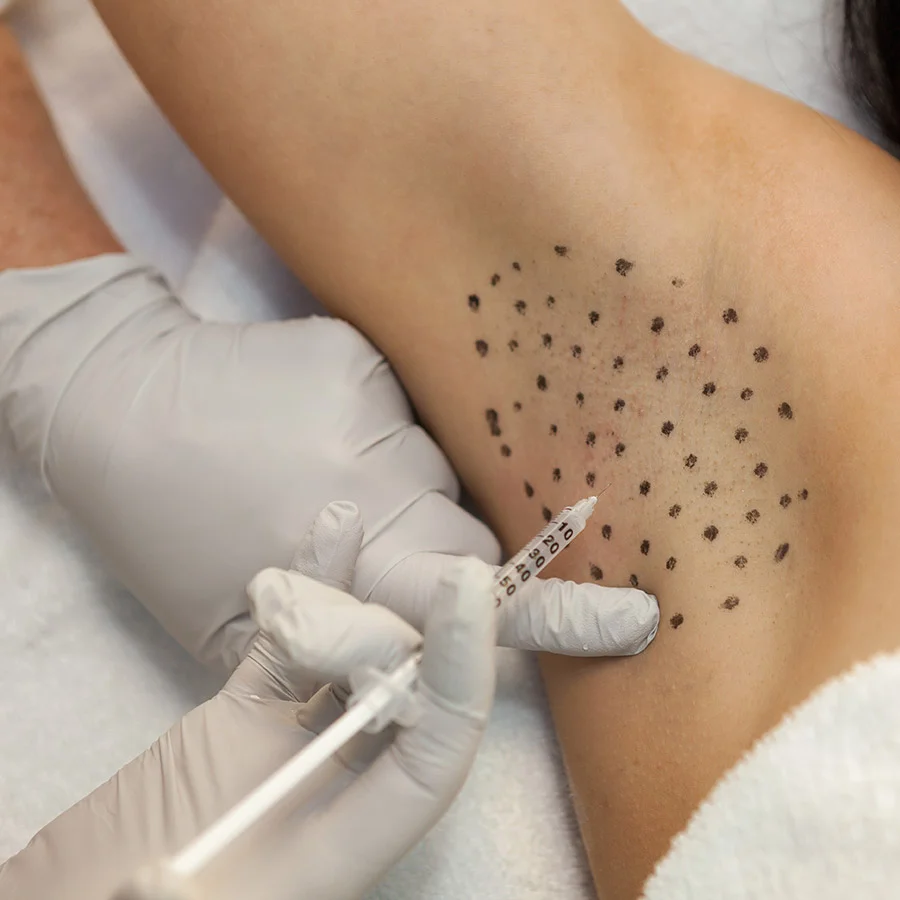
How it works:
- Botox is a medication made from a toxin produced by the bacterium Clostridium botulinum. When injected into specific areas, it temporarily blocks the signals from nerves that control the sweat glands. This reduces the amount of sweat produced in the treated area.
Areas treated:
- Underarms are the most common target, it can also be used for sweaty hands, feet, and even the face.
Effectiveness:
- Botox injections can significantly reduce sweating for several months.
Safety:
- It is generally considered safe when used for hyperhidrosis by a qualified dermatologist. However, it can cause side effects such as temporary muscle weakness, bruising, and pain at the injection site.
Considerations:
- It is not a cure for hyperhidrosis, and repeat injections are needed to maintain the effects.
- It’s important to discuss your medical history and any medications you’re taking with your doctor before receiving Botox injections.
Alternatives:
- Other treatment options for hyperhidrosis include antiperspirants, medications, and surgery.
Remember:
- Consulting a healthcare professional is crucial for a proper diagnosis and personalized treatment plan for hyperhidrosis.
Additional Resources:
- American Academy of Dermatology: https://www.aad.org/public/diseases/a-z/hyperhidrosis-overview
- Mayo Clinic: https://www.mayoclinic.org/symptoms/excessive-sweating/basics/causes/sym-20050780?p=1
- International Hyperhidrosis Society: https://www.sweathelp.org/
- National Institute of Arthritis and Musculoskeletal and Skin Diseases: https://www.ncbi.nlm.nih.gov/books/NBK459227/
- Botox for Hyperhidrosis: What You Need to Know: https://www.healthline.com/health/botox-for-sweating
Conclusion:
Botox, while generally safe and effective for both cosmetic and medical purposes, can come with side effects ranging from mild discomfort like injection site reactions to rare but serious issues like difficulty swallowing. To minimize risks, choose a qualified professional, disclose your medical history, and be aware of potential effects. Ultimately, weigh the benefits against possible downsides in a careful discussion with your doctor to determine if it’s the right choice for you.
Derma and Dental Clinic:
Derma & Dental Clinic stands out with its team of experienced doctors backed by scientific evidence in their chosen fields. Their diverse range of medical-grade procedures offer tailored solutions for various skin and dental needs. You can confidently book your consultation online or by phone and embark on your journey towards healthier skin and a radiant smile.
Location: Bahria Town, Lahore
Specialties: Dermatology and Dental Care
Website: Derma.pk
For Consultation:
- Online at Dermatology.pk
- WhatsApp: +923205999650
- Phone: 03041115000

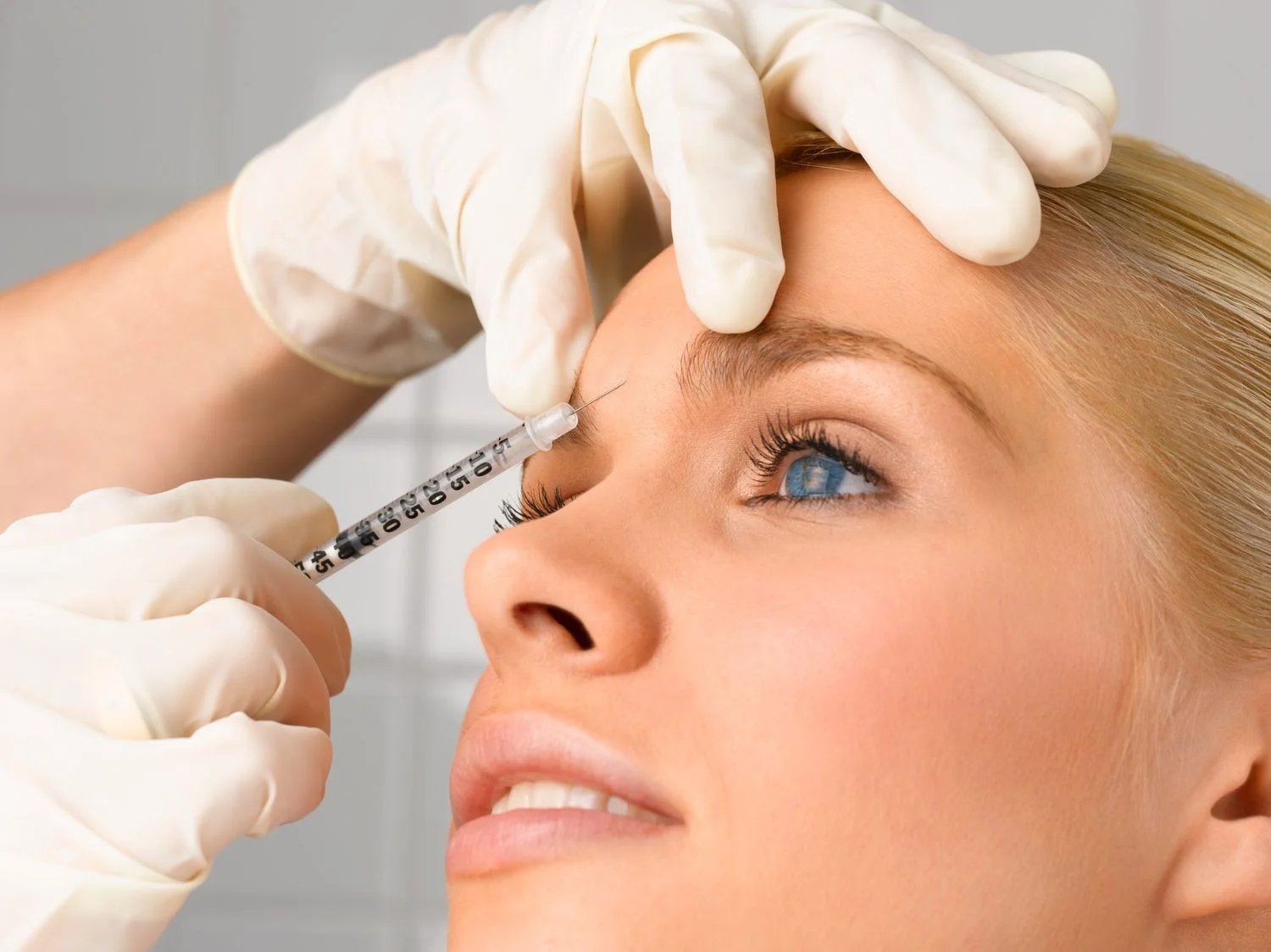



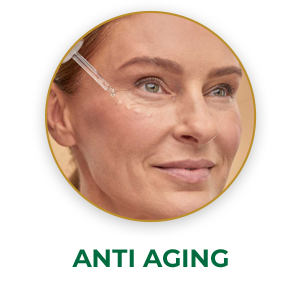




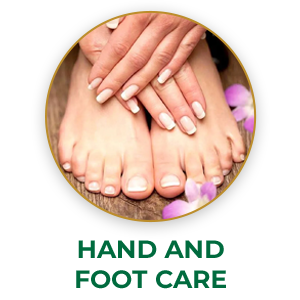



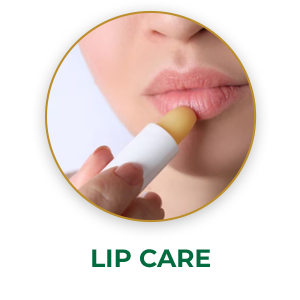





[…] Botox: Beauty Booster And Beyond Wrinkles […]
This is a excellent blog, would you be involved in doing an interview about just how you designed it? If so e-mail me!
House Lawyers?[…]just below, are some totally unrelated sites to ours, however, they are definitely worth checking out[…]?